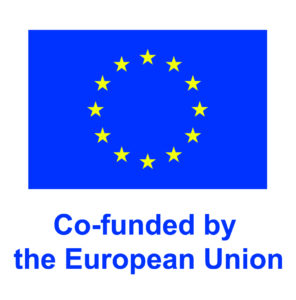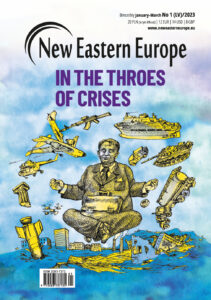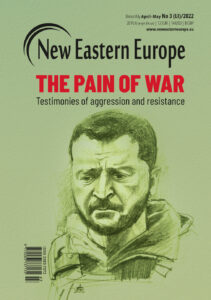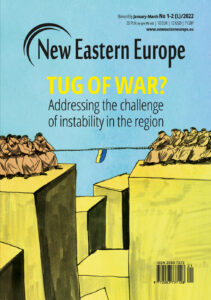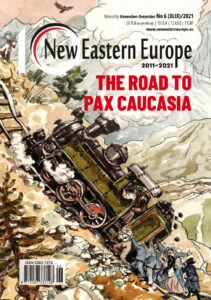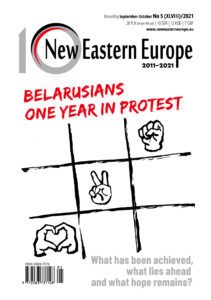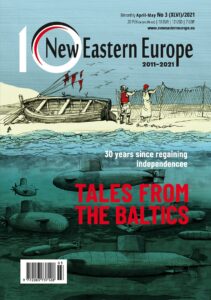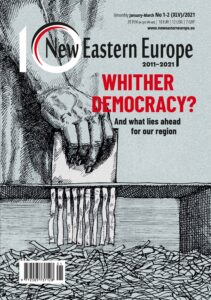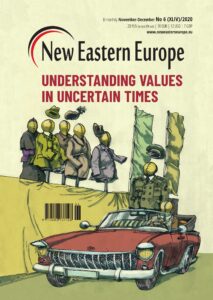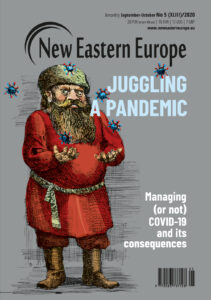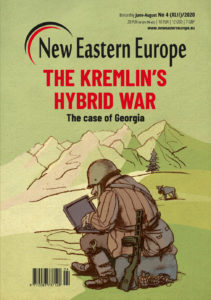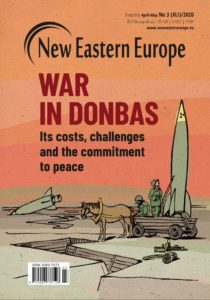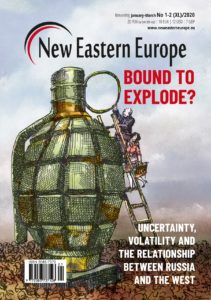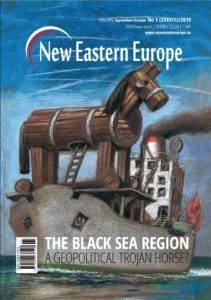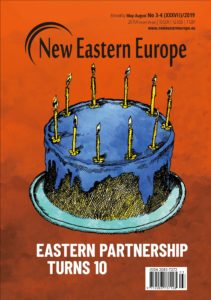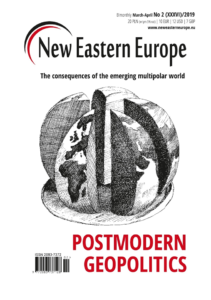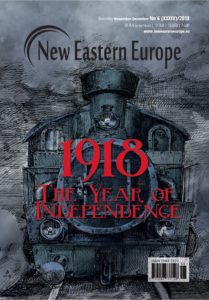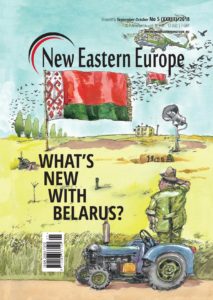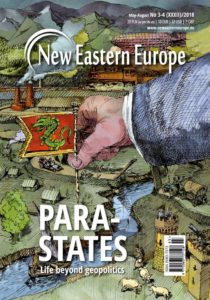Shifting empires. The Treaty of Nystad turns 300
Russia’s road to power and significance in the world was long and ambiguous. Moscow’s imperial aspirations were sparked by the start of the Great Northern War in 1700 and were confirmed exactly 300 years ago. The famous battle of Poltava on June 28th 1709 paved that way. Yet, in spite of its military significance, it was the diplomatic and legal solutions that announced the rise of a new player, taking Sweden’s place, at the table of European powers. But it took 12 more years before Moscow broke the will of Stockholm entirely.
September 12, 2021 -
Grzegorz Szymborski
-
History and MemoryIssue 5 2021Magazine

Sculpture 'Peace and Victory. Treaty of Nystad' in Saint Petersburg. Photo: Florstein (CC) Commons.wikimedia.org




